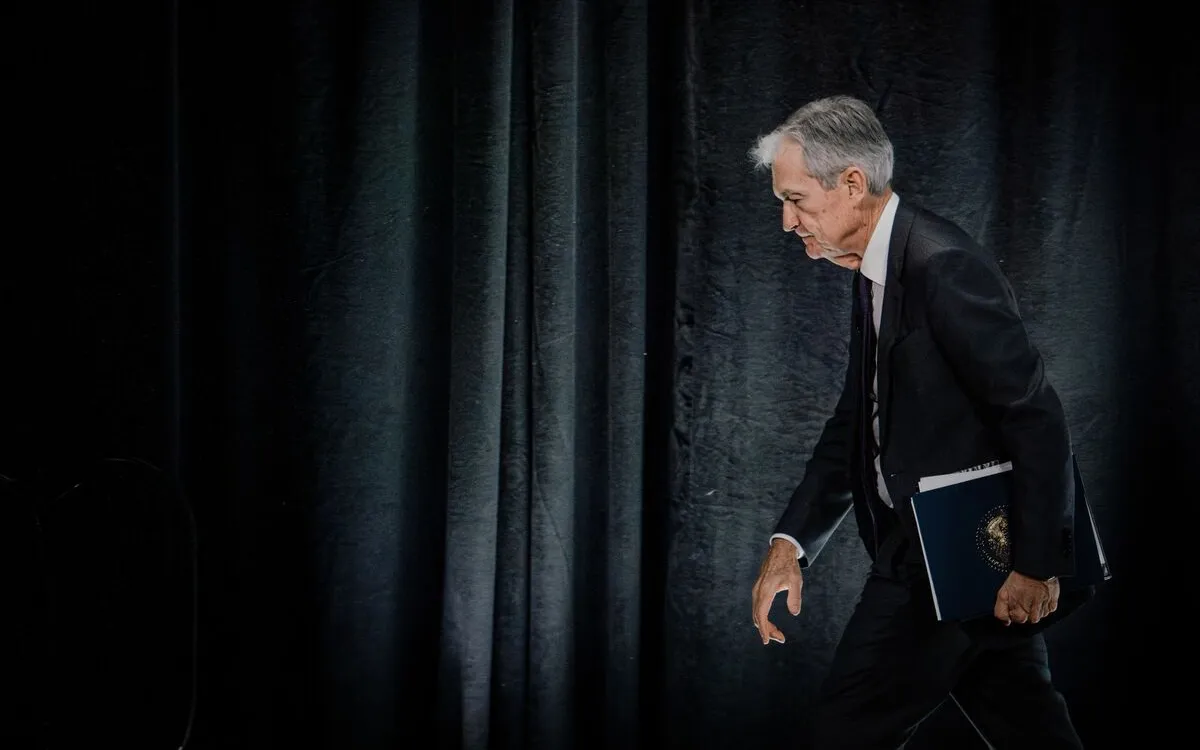
President Donald Trump has recently escalated his long-standing frustration with Jerome Powell, the chair of the Federal Reserve, as discussions about potentially dismissing him come to the forefront. This week, Trump's ire towards Powell reached a new height, particularly due to the Fed chair's decisions regarding interest rates, which have come under scrutiny amid economic uncertainty.
According to sources familiar with the situation, President Trump has been consulting with his advisers about the feasibility of removing Jerome Powell from his position. These discussions reflect a growing dissatisfaction with the Fed's monetary policies, especially as the president feels that interest rate hikes could jeopardize economic growth and his administration's agenda.
The tension intensified following Powell's recent speech, where he defended the Federal Reserve’s cautious approach to interest rates. In his address, Powell highlighted the need for restraint in light of the ongoing trade war initiated by Trump, which has created instability in the markets. This speech reportedly drew ire from several of Trump's allies, who believe that Powell's policies are at odds with the president's economic objectives.
The backdrop of this tension is Trump's ongoing trade war, which has seen tariffs and trade restrictions aimed at other nations, particularly China. The uncertainty stemming from these actions has prompted the Federal Reserve to adopt a more cautious stance on interest rates, aiming to mitigate potential economic fallout. Trump's frustration with Powell is indicative of his desire for the Fed to support his economic policies more aggressively.
As President Trump openly contemplates the possibility of dismissing Jerome Powell, the rift between the White House and the Federal Reserve seems to be widening. With advisers advocating for a more measured approach to interest rates, the dynamics within the administration regarding economic policy remain tense. The ongoing discussions about Powell's future may significantly influence the Federal Reserve's actions and the broader economic landscape in the coming months.